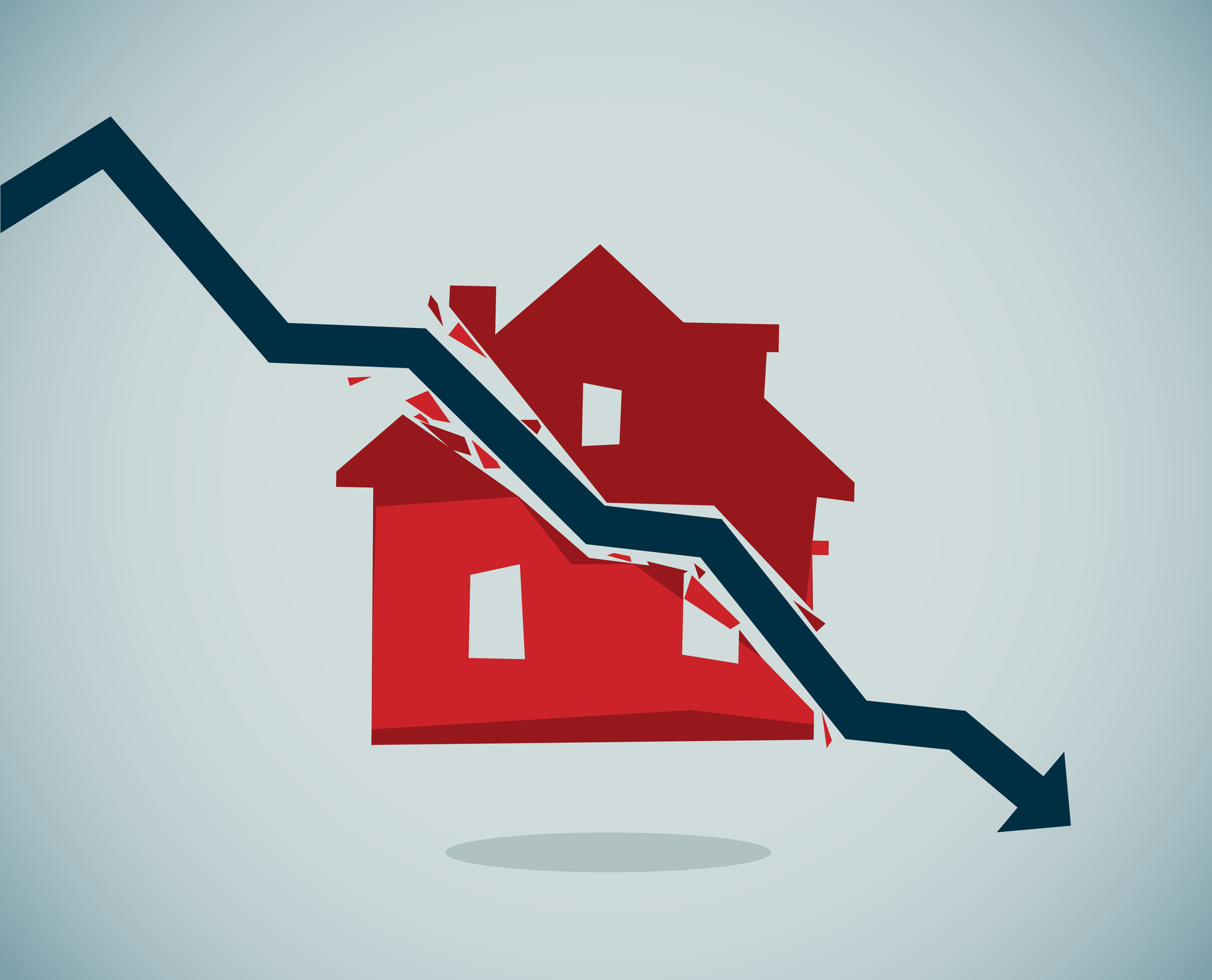Kiplinger Housing Outlook: Monthly Home Price Growth Falls for First Time Since 2023
Existing home sales remain weak due to high financing costs.

Kiplinger’s Economic Outlooks are written by the staff of our weekly Kiplinger Letter and are unavailable elsewhere. Click here for a free issue of The Kiplinger Letter or to subscribe for the latest trends and forecasts from our highly experienced Kiplinger Letter team.
Home prices continue to push higher, but at a slower pace. The S&P CoreLogic Case-Shiller U.S. National Home Price Index, which measures the price of existing homes across the nation, rose 3.4% in March from a year earlier, down from a 4% annual gain in the previous month. On a month-over-month, seasonally adjusted basis, home prices fell 0.3%. While low house affordability continues to weigh on demand, a limited supply of homes for sale is supporting continued price growth. New York reported the strongest gains over the year, followed by Chicago and Cleveland. Homes prices in Tampa fell 2.2% over the year, the weakest return in the 20 cities covered by the index.
The rebound in housing starts in April is likely to be short-lived. Total housing starts rose 1.6%, to 1.36 million annualized units, in April. The gain was the result of a jump in multifamily construction, which was more than enough to offset a slip in single-family starts. Regionally, total starts rose in the Northeast, Midwest and West and fell the South. Single-family starts dropped 2.1%, while multifamily starts, which are very volatile on a monthly basis, rose 10.7% during the month. Single-family permits fell 5.1%, while multifamily permits decreased 3.7%. The decline in building permits indicates that demand remains volatile amid trade policy and overall financial uncertainty. As mortgage rates remain elevated, builders have stepped up their use of mortgage rate buy-downs and other incentives to soften the impact of higher rates. That said, builders are also becoming more cautious on account of rising uncertainty due to the impact of tariffs on the industry.
New home sales rose sharply in April, up 10.9%, to a seasonally adjusted annual rate of 743,000 units. The new home market continues to benefit from a tight supply of existing homes for sale and builder incentives that help make new homes more affordable for buyers. The median price of a new home now stands at $407,200, higher than a month ago but 2% lower than a year ago. While the new-home market has been less sensitive to changes in mortgage rates thanks to the incentives offered by builders, rates staying above 6% will likely continue to discourage some buyers in the months ahead. The inventory of new homes has risen 8.6% over the past 12 months. At the current sales pace, that inventory would last 8.1 months.
Existing home sales fell despite a temporary drop in mortgage rates. Sales of previously owned homes slipped 0.5%, to 4.0 million annualized units, in April. Existing home sales continue to run at a slow pace as buyers contend with elevated financing costs, high home prices and limited inventory. Mortgage applications, which lead sales by a month or two, rose in May, which leaves them just shy of where they were in January and very low by historical standards. The total inventory of existing homes on the market rose 9% from a year ago. This translates to 4.4 months of supply at the current sales pace, up from 4 months in March.
Related content
- How to find the Best 30-Year Mortgage Rates
- Raising Your Credit Score Could Lower Your Mortgage Rate
- 15 U.S. Cities With the Highest Average Home Prices

Sign up for Kiplinger’s Free E-Newsletters
Profit and prosper with the best of expert advice on investing, taxes, retirement, personal finance and more - straight to your e-mail.
Profit and prosper with the best of expert advice - straight to your e-mail.
Profit and prosper with the best of Kiplinger's advice on investing, taxes, retirement, personal finance and much more. Delivered daily. Enter your email in the box and click Sign Me Up.

Rodrigo Sermeño covers the financial services, housing, small business, and cryptocurrency industries for The Kiplinger Letter. Before joining Kiplinger in 2014, he worked for several think tanks and non-profit organizations in Washington, D.C., including the New America Foundation, the Streit Council, and the Arca Foundation. Rodrigo graduated from George Mason University with a bachelor's degree in international affairs. He also holds a master's in public policy from George Mason University's Schar School of Policy and Government.
-
 New Trump Incentive Could Help Donors Avoid Capital Gains Tax
New Trump Incentive Could Help Donors Avoid Capital Gains TaxTax Policy As U.S. Senate Republicans mark up their version of the One Big Beautiful Bill Act, one provision could give some donors a major tax break.
-
 2025 SALT Cap Could Hurt Top 'Hidden Home Cost'
2025 SALT Cap Could Hurt Top 'Hidden Home Cost'Tax Deductions The latest GOP tax bill might make hidden homeowner costs worse for you. Here’s how.
-
 Blue Collar Workers Add AI to Their Toolboxes
Blue Collar Workers Add AI to Their ToolboxesThe Kiplinger Letter AI can’t fix a leak or install lighting, but more and more tradespeople are adopting artificial intelligence for back-office work and other tasks.
-
 America's Surprising Strengths in Manufacturing and Exports
America's Surprising Strengths in Manufacturing and ExportsThe Kiplinger Letter Despite common perceptions that the U.S. doesn't build things anymore, American factories are still hard at work. A special report from The Kiplinger Letter.
-
 AI Goes To School
AI Goes To SchoolThe Kiplinger Letter Artificial intelligence is rapidly heading to K-12 classrooms nationwide. Expect tech companies to cash in on the fast-emerging trend.
-
 The Economic Impact of the US-China Trade War
The Economic Impact of the US-China Trade WarThe Letter The US-China trade war will impact US consumers and business. The decoupling process could be messy.
-
 What DOGE is Doing Now
What DOGE is Doing NowThe Kiplinger Letter As Musk's DOGE pursues its ambitious agenda, uncertainty and legal challenges are mounting — causing frustration for Trump.
-
 A Move Away From Free Trade
A Move Away From Free TradeThe Letter President Trump says long-term gain will be worth short-term pain, but the pain could be significant this year.
-
 Trump’s Whirlwind Month of Crypto Moves
Trump’s Whirlwind Month of Crypto MovesThe Kiplinger Letter The Trump administration wants to strengthen U.S. leadership in the cryptocurrency industry by providing regulatory clarity.
-
 What To Know if You’re in the Market for a New Car This Year
What To Know if You’re in the Market for a New Car This YearThe Kiplinger Letter Buying a new car will get a little easier, but don’t expect many deals.